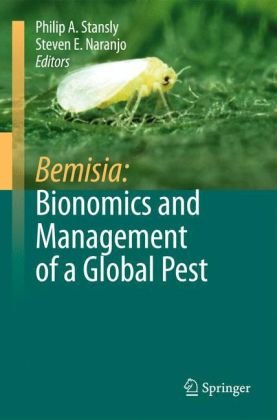

Most ebook files are in PDF format, so you can easily read them using various software such as Foxit Reader or directly on the Google Chrome browser.
Some ebook files are released by publishers in other formats such as .awz, .mobi, .epub, .fb2, etc. You may need to install specific software to read these formats on mobile/PC, such as Calibre.
Please read the tutorial at this link: https://ebookbell.com/faq
We offer FREE conversion to the popular formats you request; however, this may take some time. Therefore, right after payment, please email us, and we will try to provide the service as quickly as possible.
For some exceptional file formats or broken links (if any), please refrain from opening any disputes. Instead, email us first, and we will try to assist within a maximum of 6 hours.
EbookBell Team

4.0
96 reviewsBemisia tabaci (Gennedius) has distinguished itself from the more than 1000 whitefly species in the world by it adaptability, persistence and potential to damage a wide range of agricultural and horticultural crops in all six of the world’s inhabited continents. B. tabaci inflicts plant damage through direct feeding, inducement of plant disorders, vectoring of plant viruses and excretion of honeydew. This book collates multiple aspects of the pest ranging from basic to applied science and molecular to landscape levels of investigation. Experts in multiple disciplines provide broad, but detailed summaries and discussion of taxonomy, genetics, anatomy, morphology, physiology, behavior, ecology, symbiotic relationships, virus vector associations and various tactics for integrated management of this pest insect. The book is focused primarily on progress during the last 10-15 years and is directed at workers in the field as well as the informed professional who may not necessarily specialize in whitefly research. The book is unique in providing broad coverage in relatively few chapters by recognized experts that highlight the state-of-the-art in our understanding of this fascinating but troublesome cosmopolitan pest.